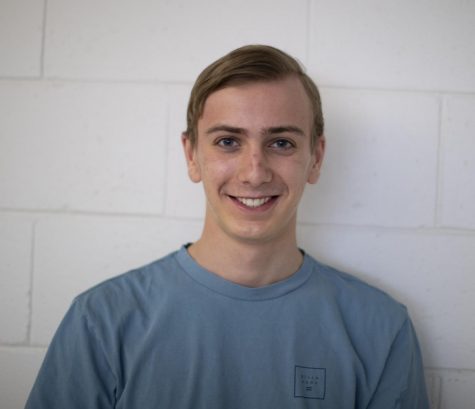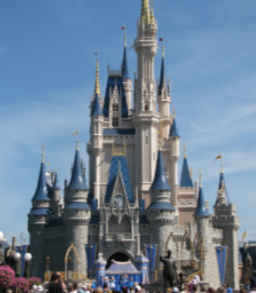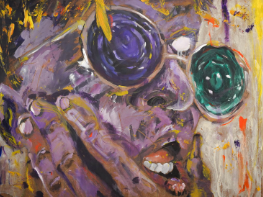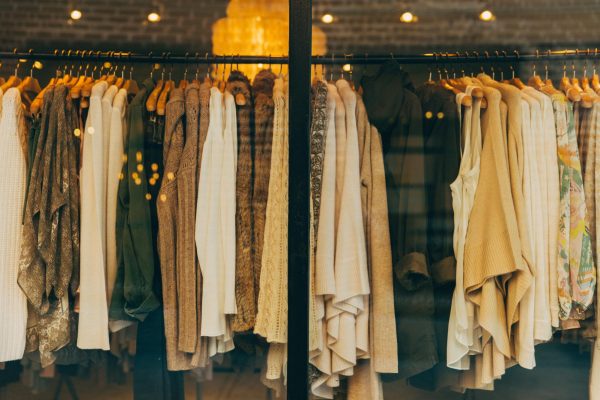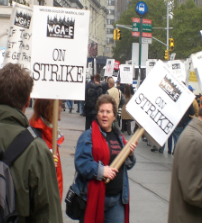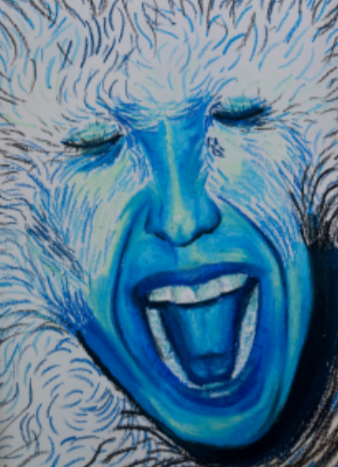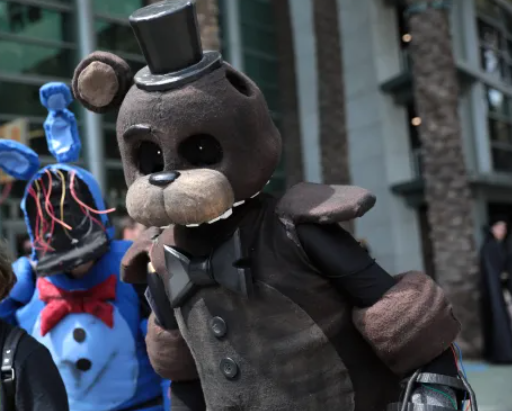Photography plays an important role in politics
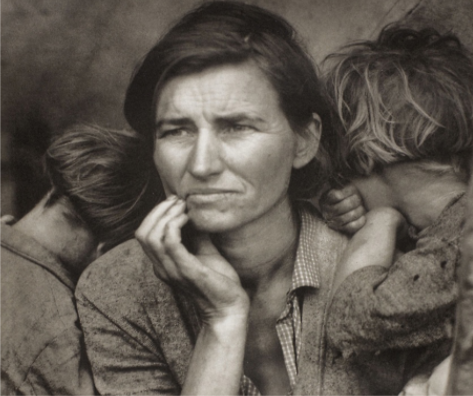
Florence Owens Thompson’s children cling to her in iconic photograph “Migrant Mother, Nipomo, California.“
October 9, 2020
It’s a picture nearly everyone has seen: a mother, with dirt on her arms and exhaustion on her face. Her two daughters, both dressed in rags, lean on their mother’s shoulders, heads turned away from the camera. Covered in blankets and mud, her baby rests on her lap. She looks out into the world with anguish and uncertainty, brought on by the hardships of the Great Depression and the bleakness of the future. This mother, Florence Owens Thompson, was the subject of Dorothea Lange’s photograph, entitled Migrant Mother, Nipomo, California.
Although Lange did not consider her photographs to be art, her works are hanging in the Museum of Modern Art (MoMA), The Whitney Museum of American Art and several more throughout the country. And while her photographs certainly have the qualities of art, she instead viewed her role as a photojournalist, aiming to effect social and political change through documenting injustice and inequality.
Ever since the first news photograph was taken in 1847, depicting a man being arrested in France, photography has been entrusted with the role of demonstrating life as it is and capturing events as they happened. This realistic depiction could not be more important when it comes to covering politics in the media. Photography associated with a story can be just as, if not more, influential than the story itself. In the United States, photography has played an important role in politics since the Civil War, but surprisingly, photographing the day-to-day activities of the President was not common until one hundred years later, when Cecil Stoughton was appointed as the first Chief Official White House Photographer under President John F. Kennedy. That office was later held by Yoichi Okamoto, who was the first to be given full-time access, and David Hume Kennerly, who was given both full-access to and complete freedom to photograph President Gerald R. Ford, rounding out his picture as both a politician and a person. The images shot by occupants of this office have been crucial in documenting news and informing the public.
Pete Souza, the Chief Official White House Photographer for President Barack Obama, shot nearly 1,000 pictures a day for eight years. Souza explains the importance of documenting every instance.
“It was my job to capture real moments for history. The highs and lows, the texture of each day, the things we didn’t even know would be important later on,” Souza wrote in the introduction of his book Obama: An Intimate Portrait.
In a world increasingly dominated by Photoshop, deepfakes and fake news, pure photography continues to serve as a means of counteracting misinformation. Jeffery Furticella, a photo editor for The New York Times, told TIME Magazine how photography has the power to bring out the truth from darkness.
“In a time when our global awareness is under siege by an increasingly insular perspective, the responsibility of empowering photographers whose mission is to not just capture but to investigate, to enlighten, to excite, is one of the great privileges of our time,” Furticella said.
Photographers know the great power they have, even when taking a single picture. Like Lange’s Migrant Mother, a single picture has the power to change the world.



